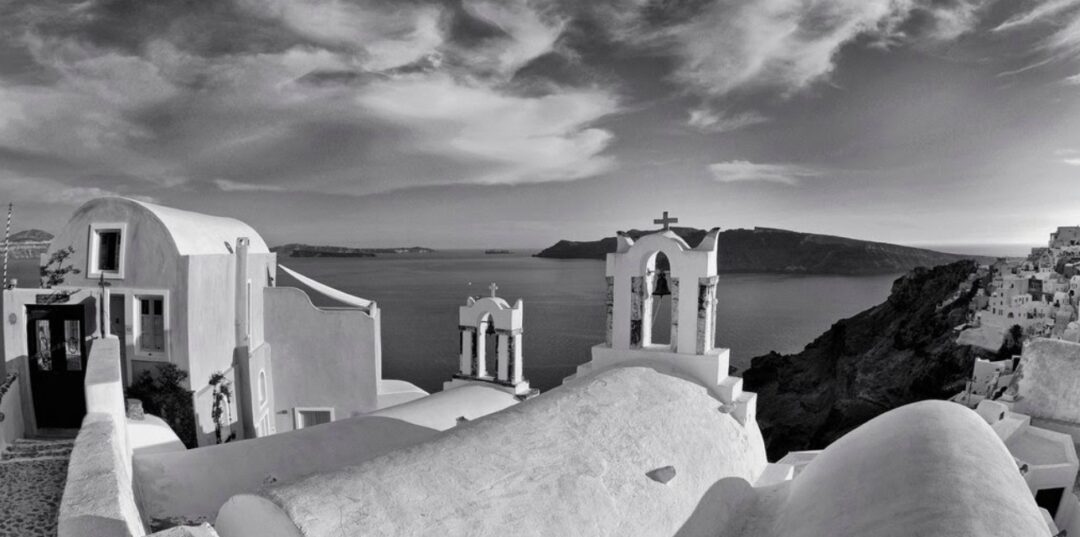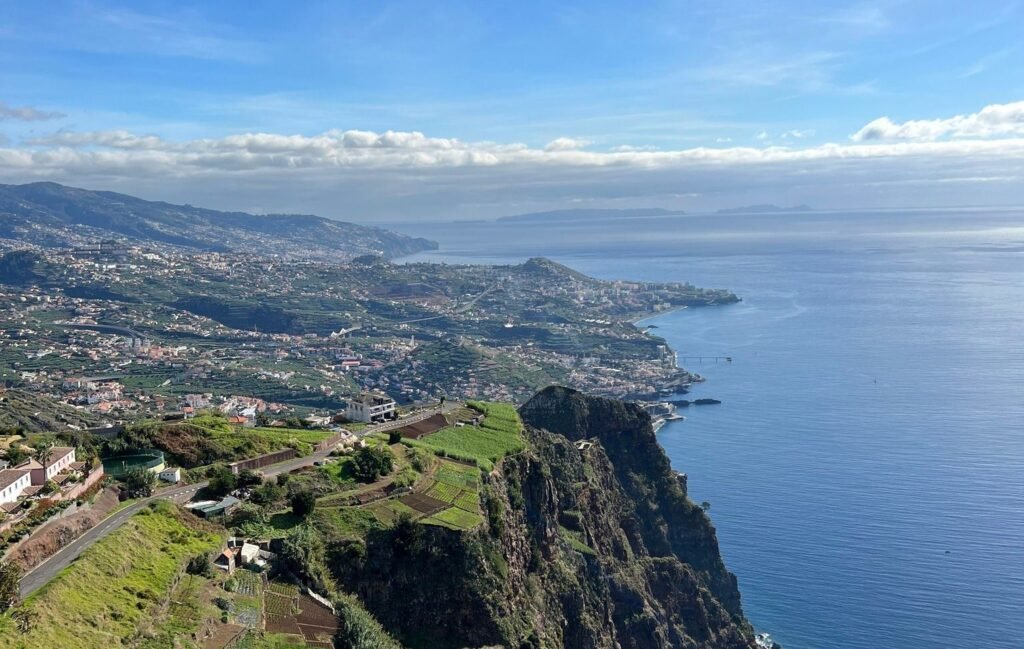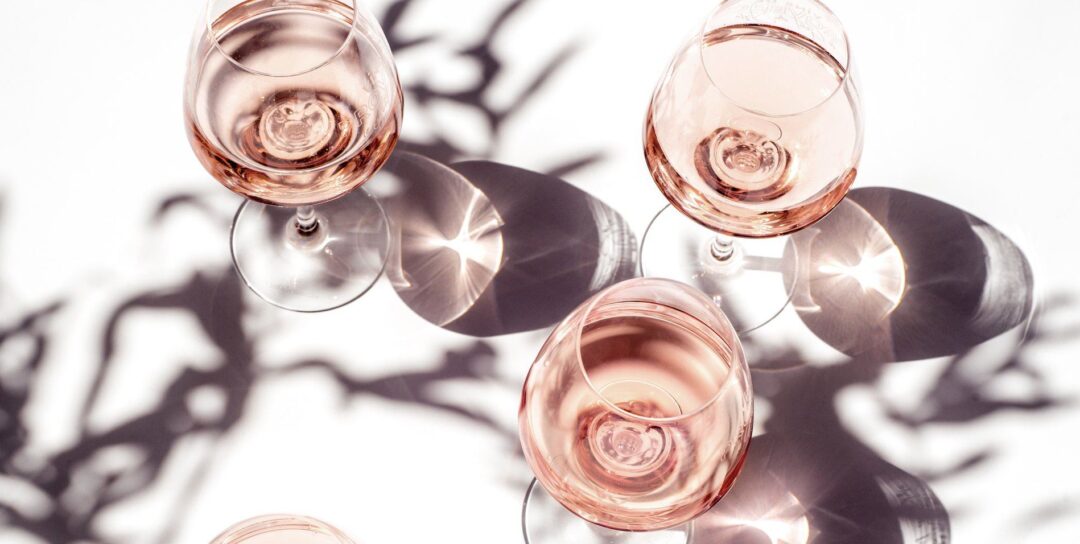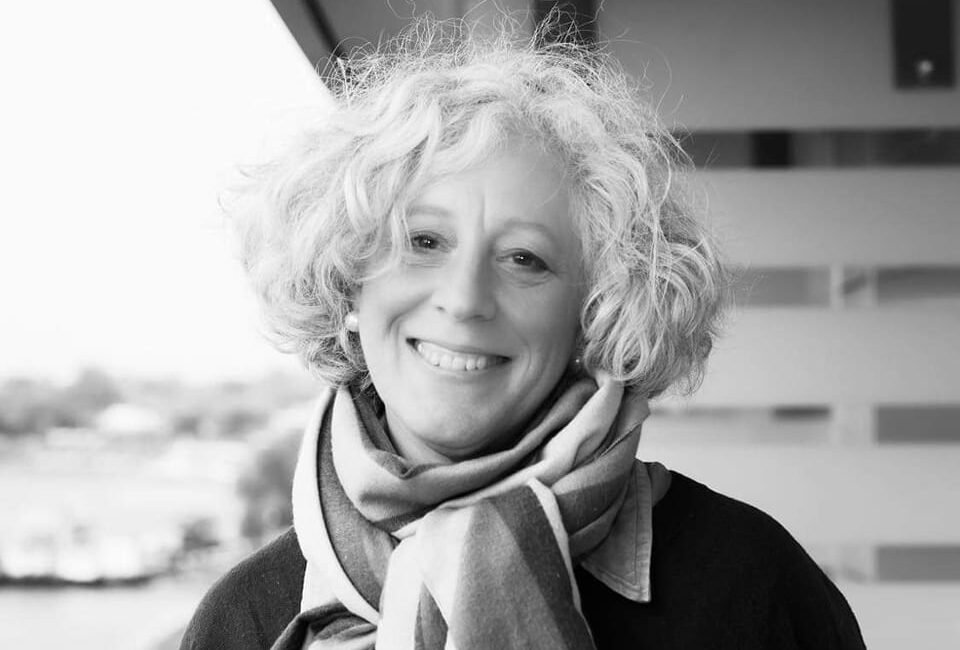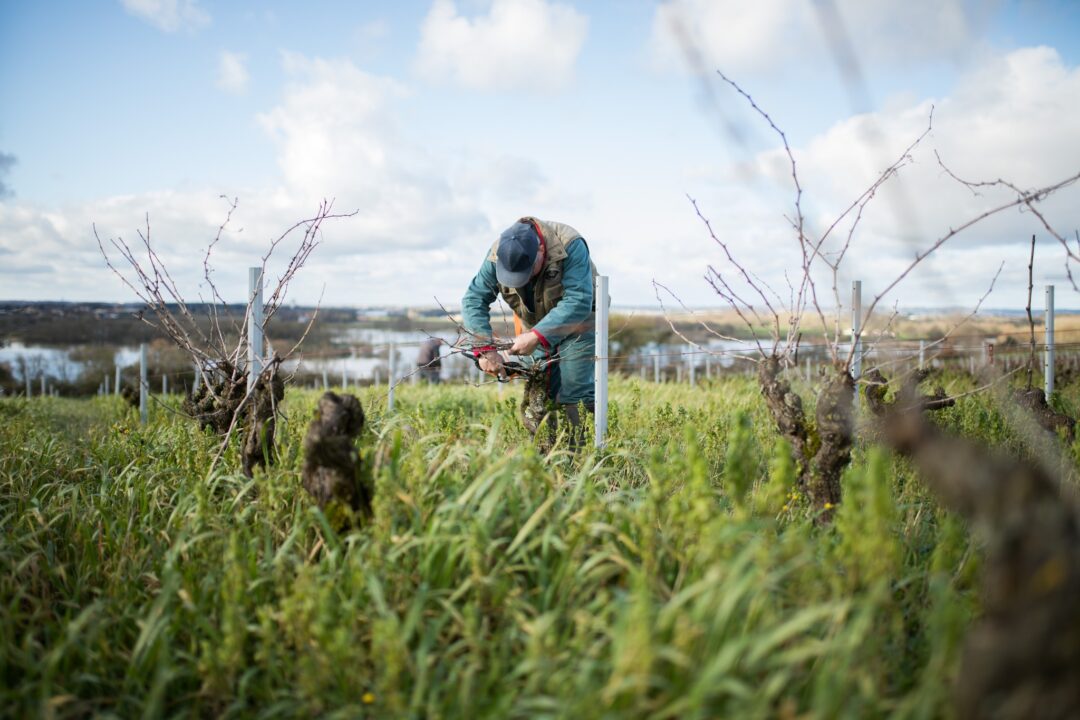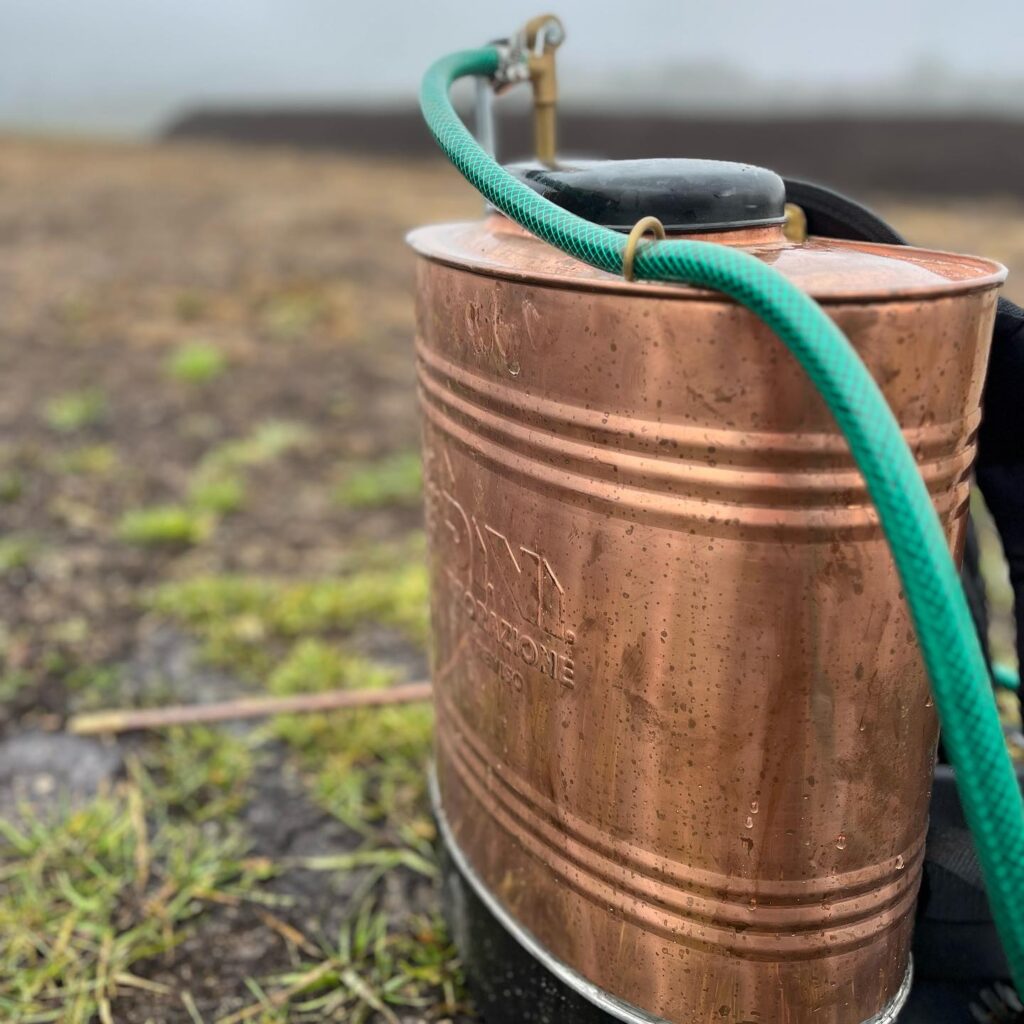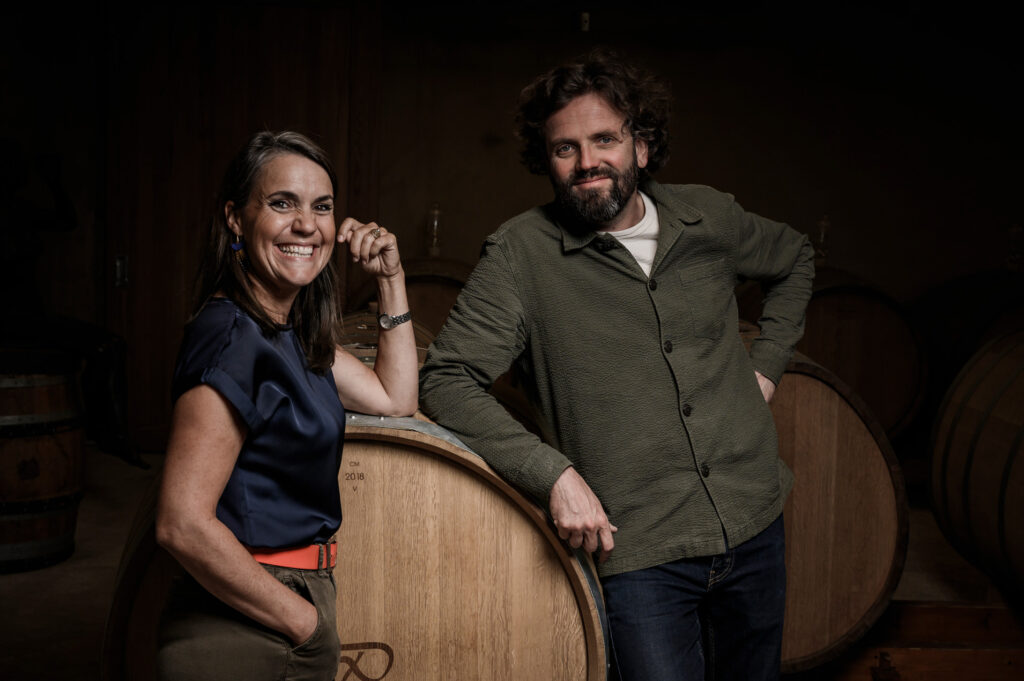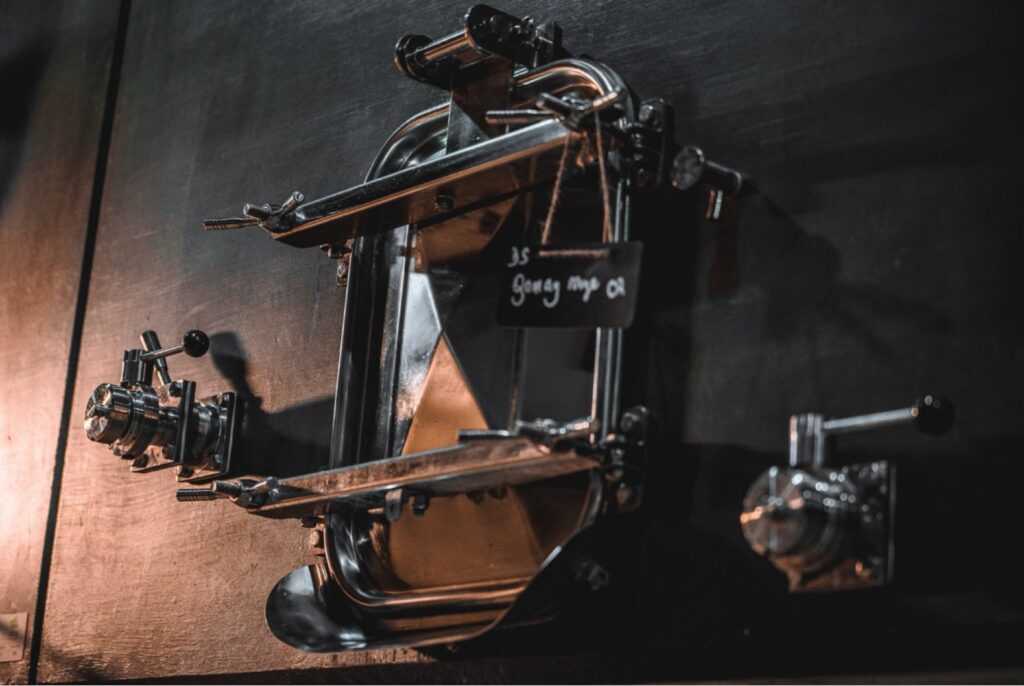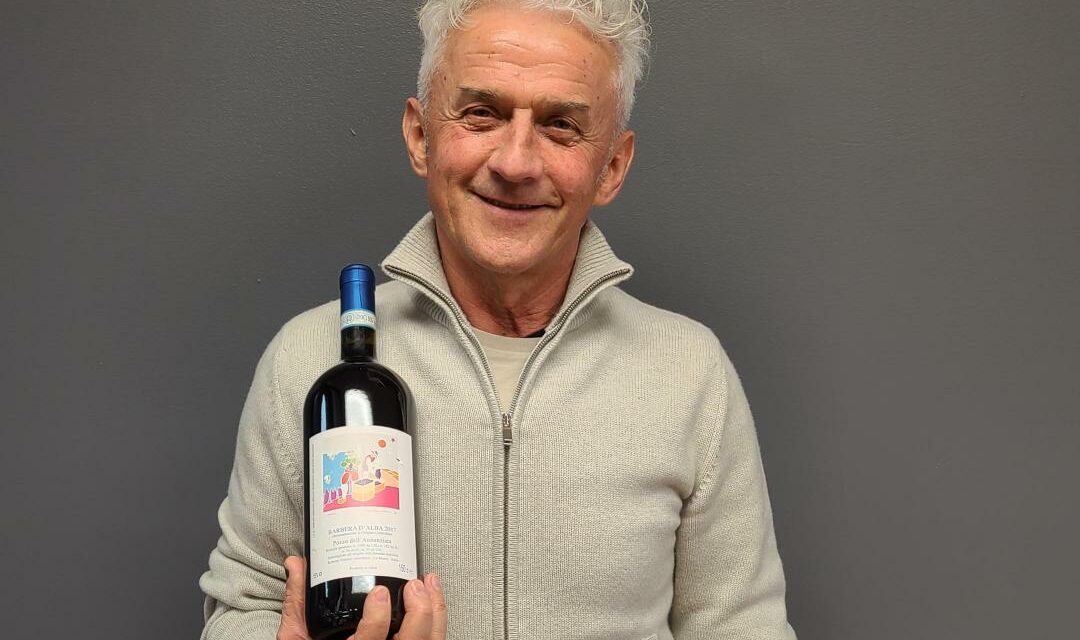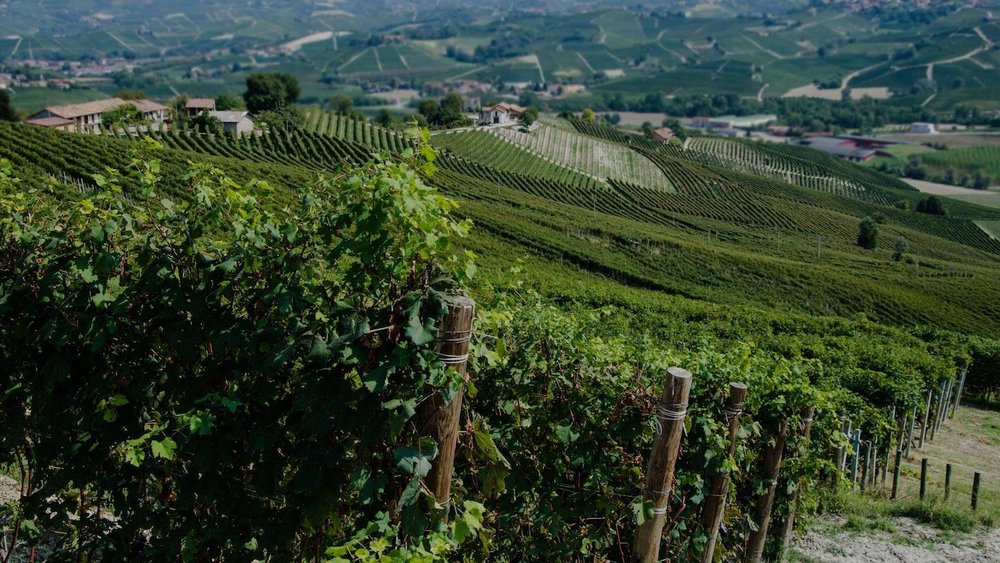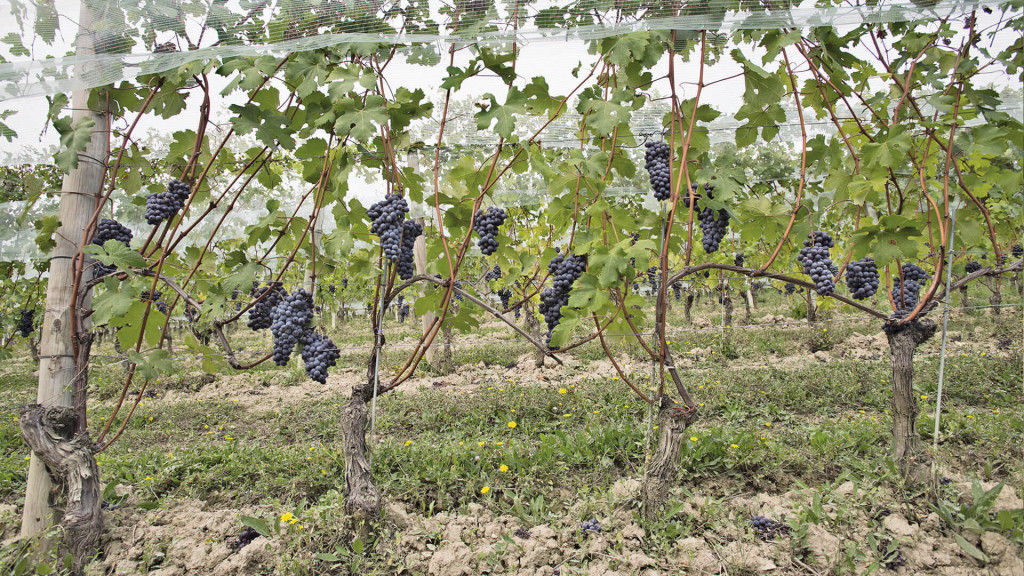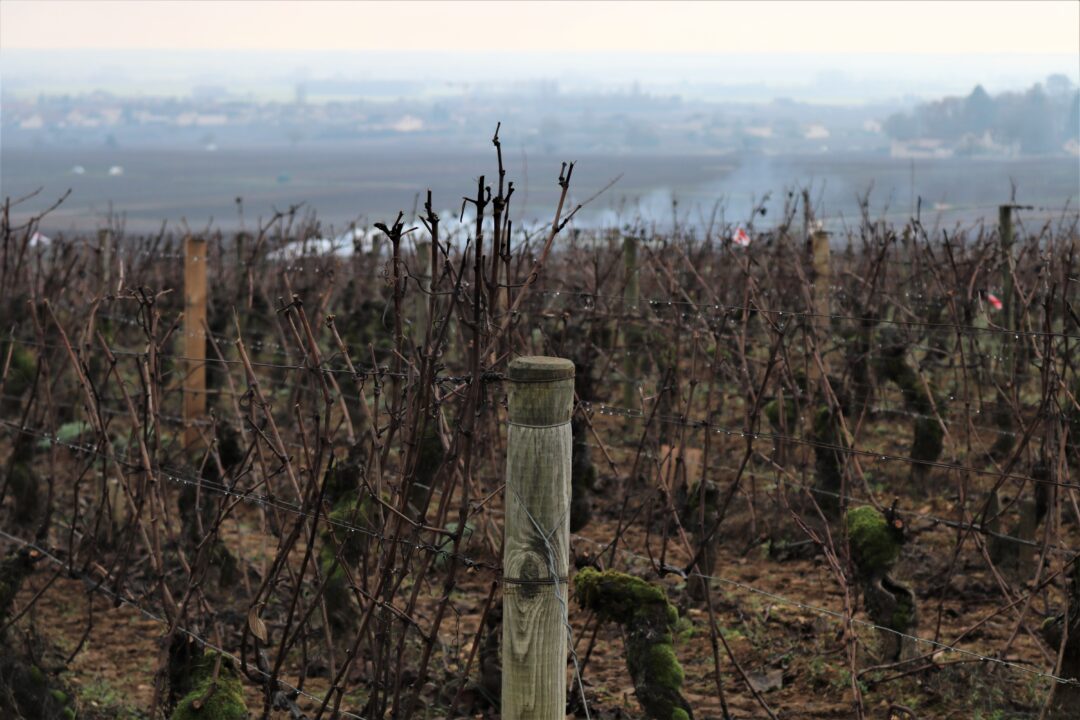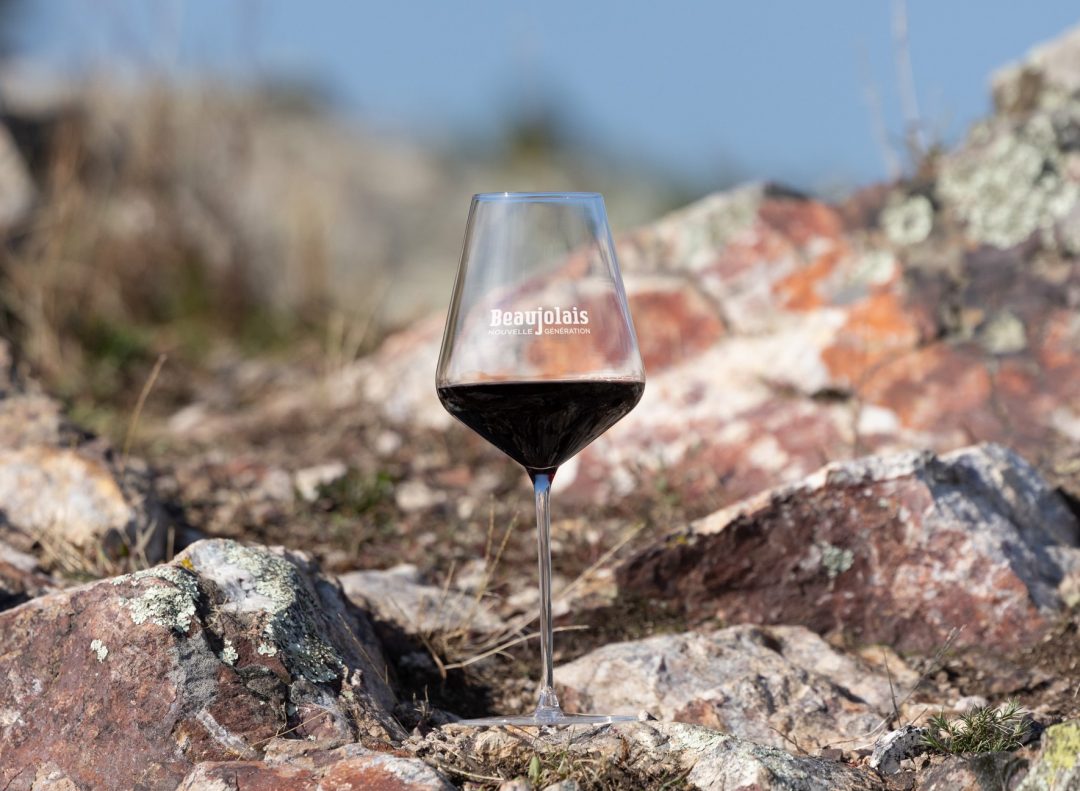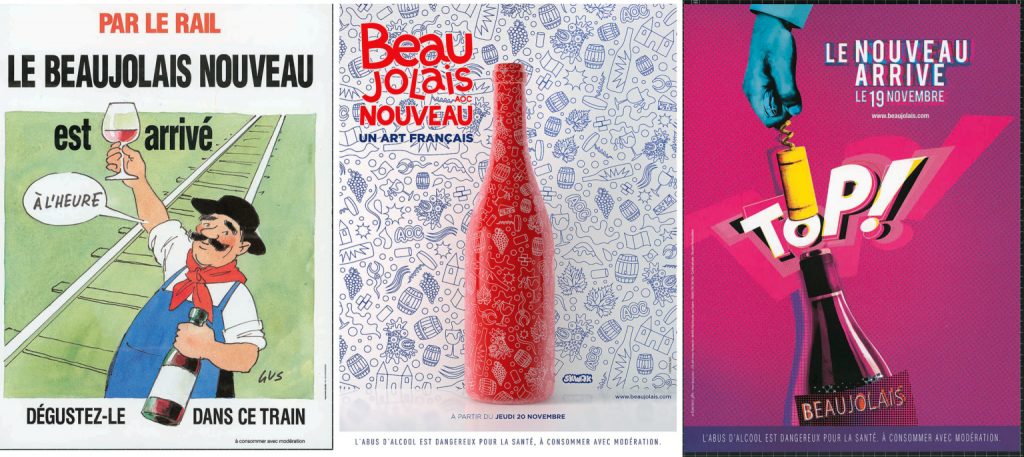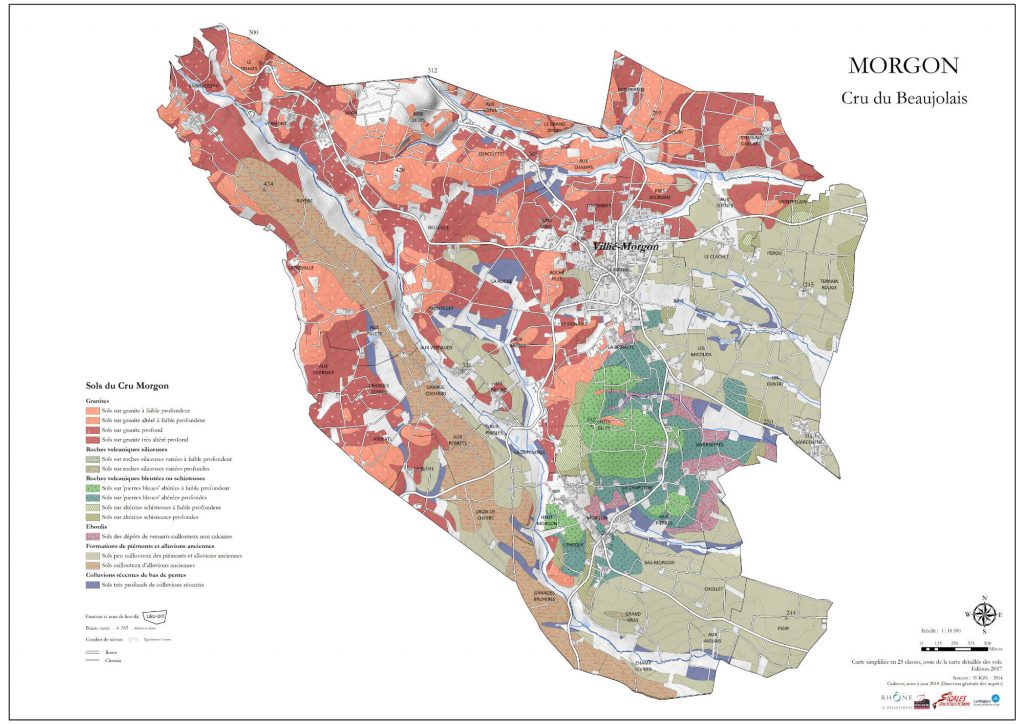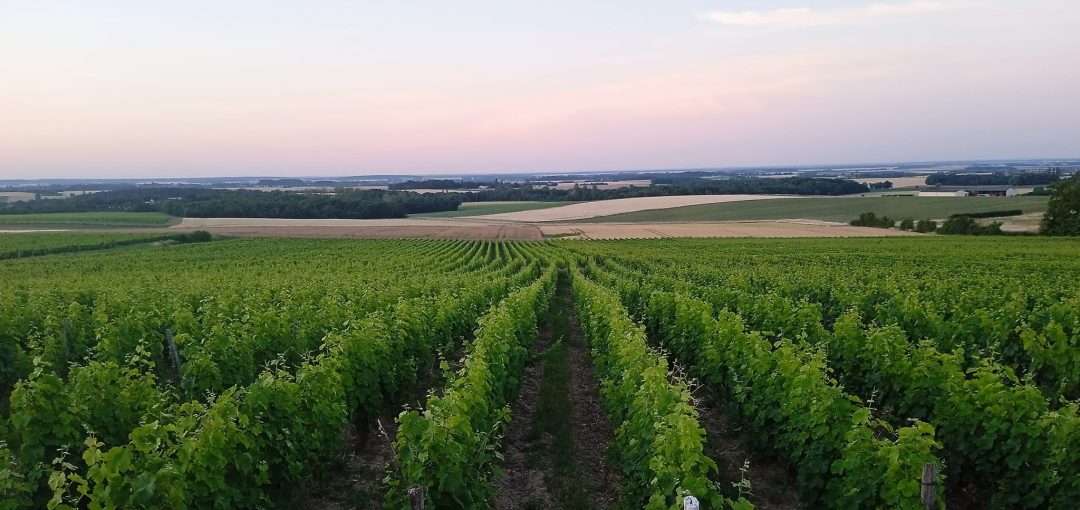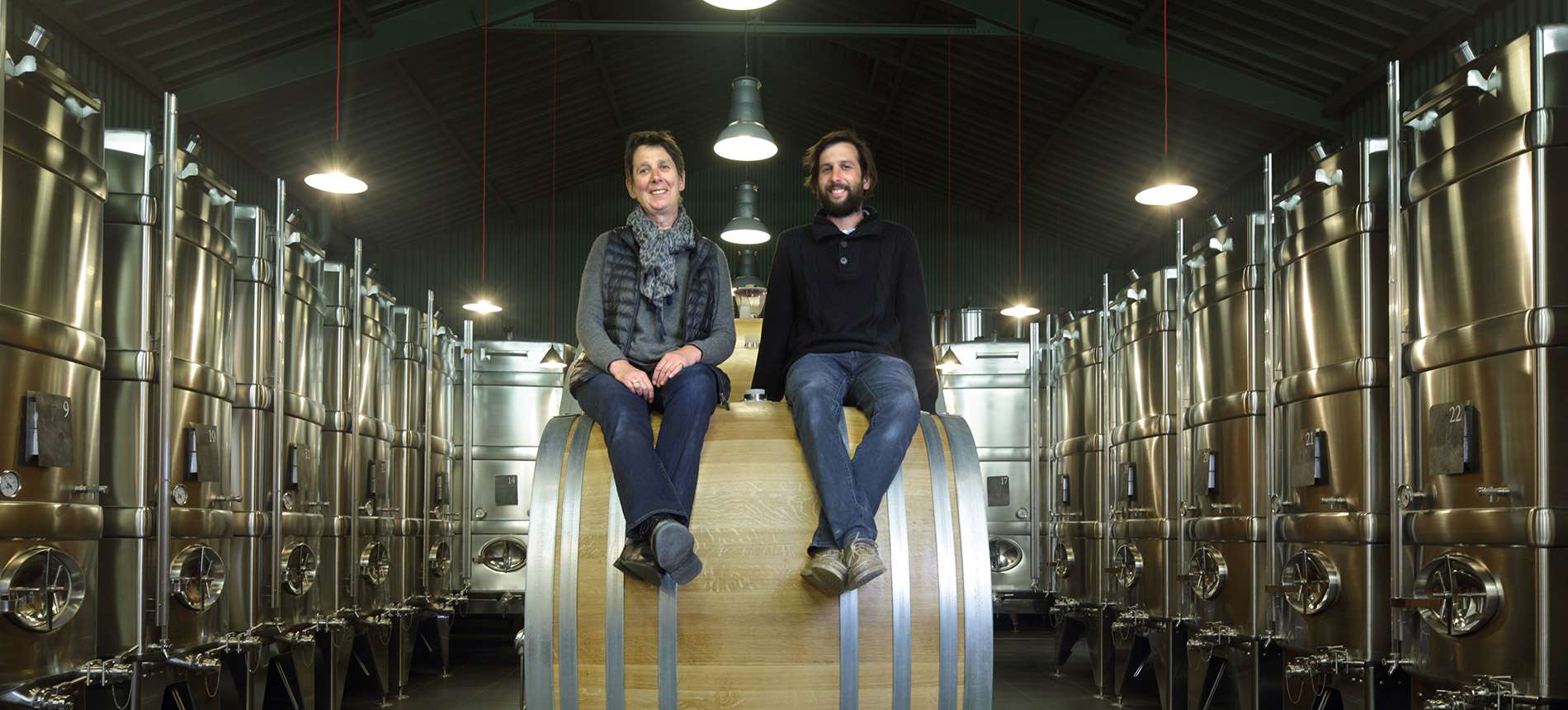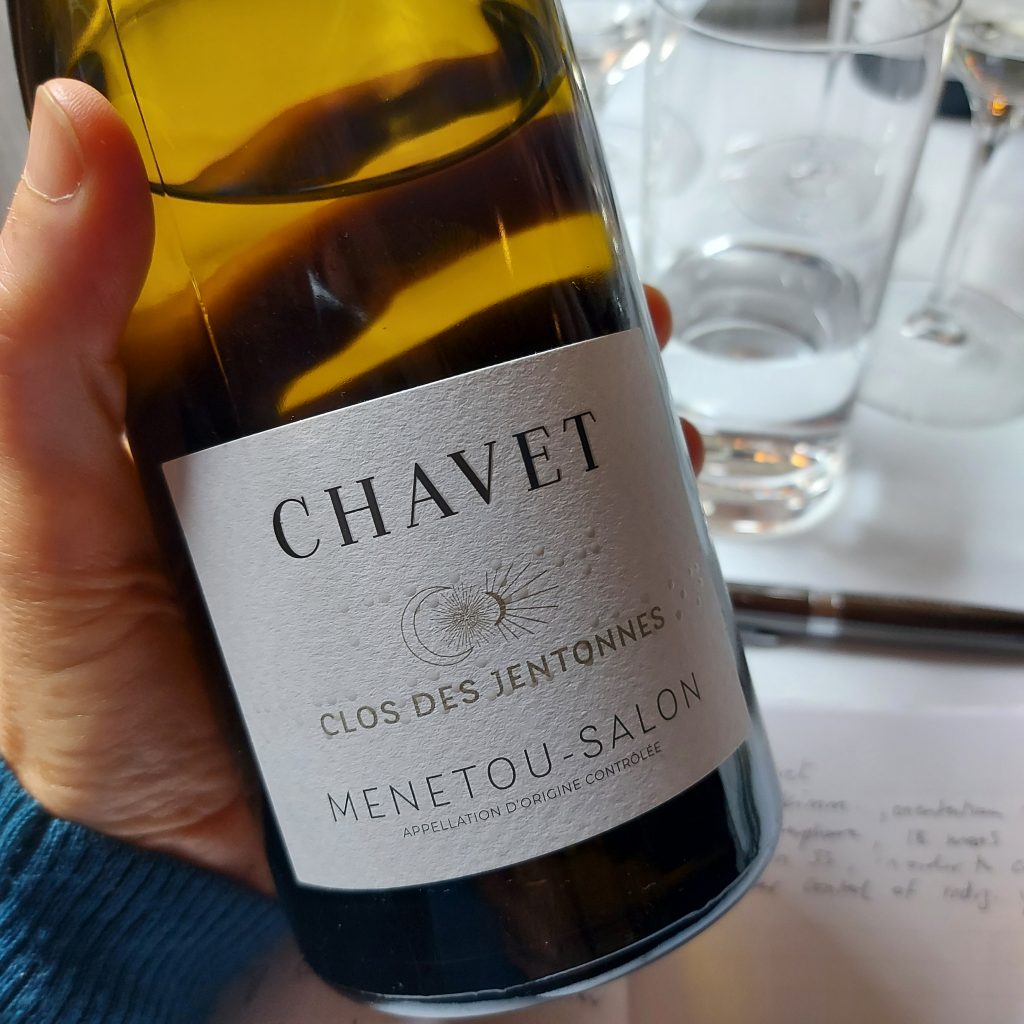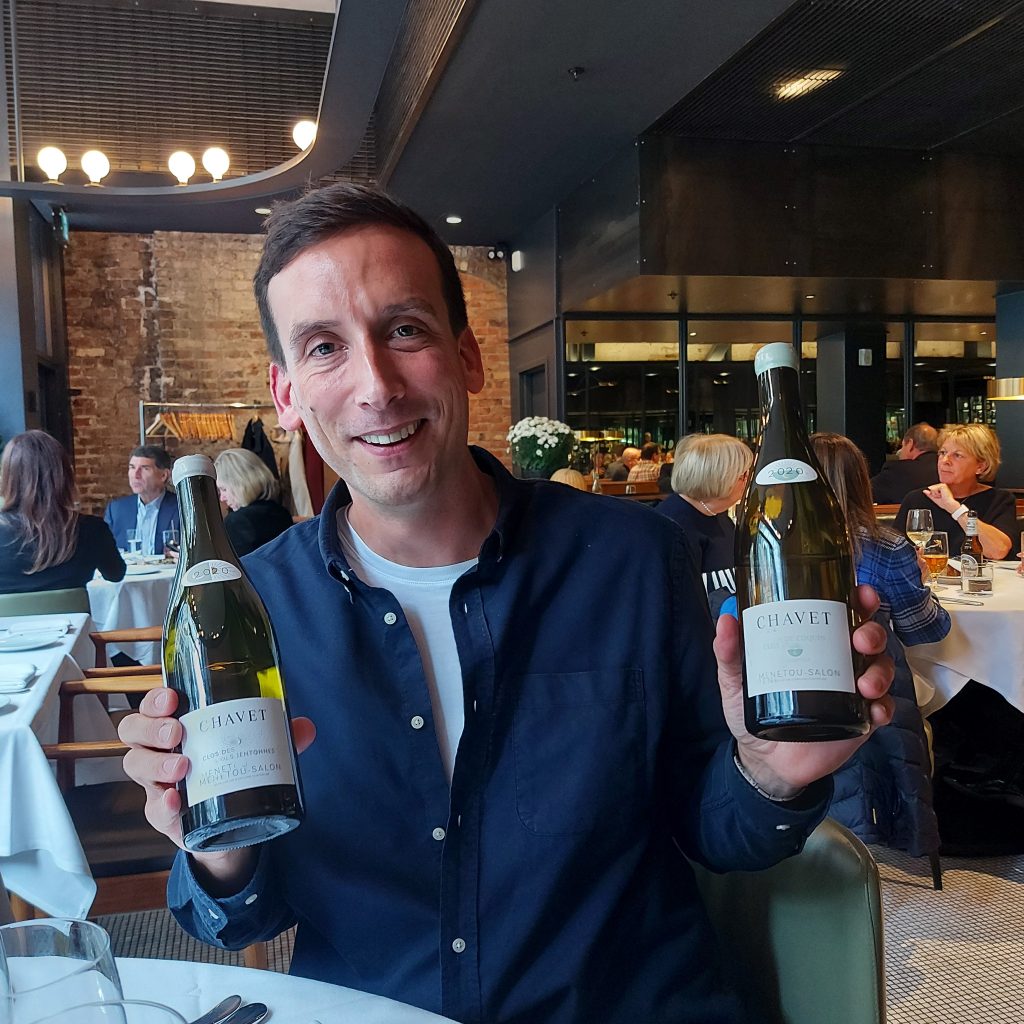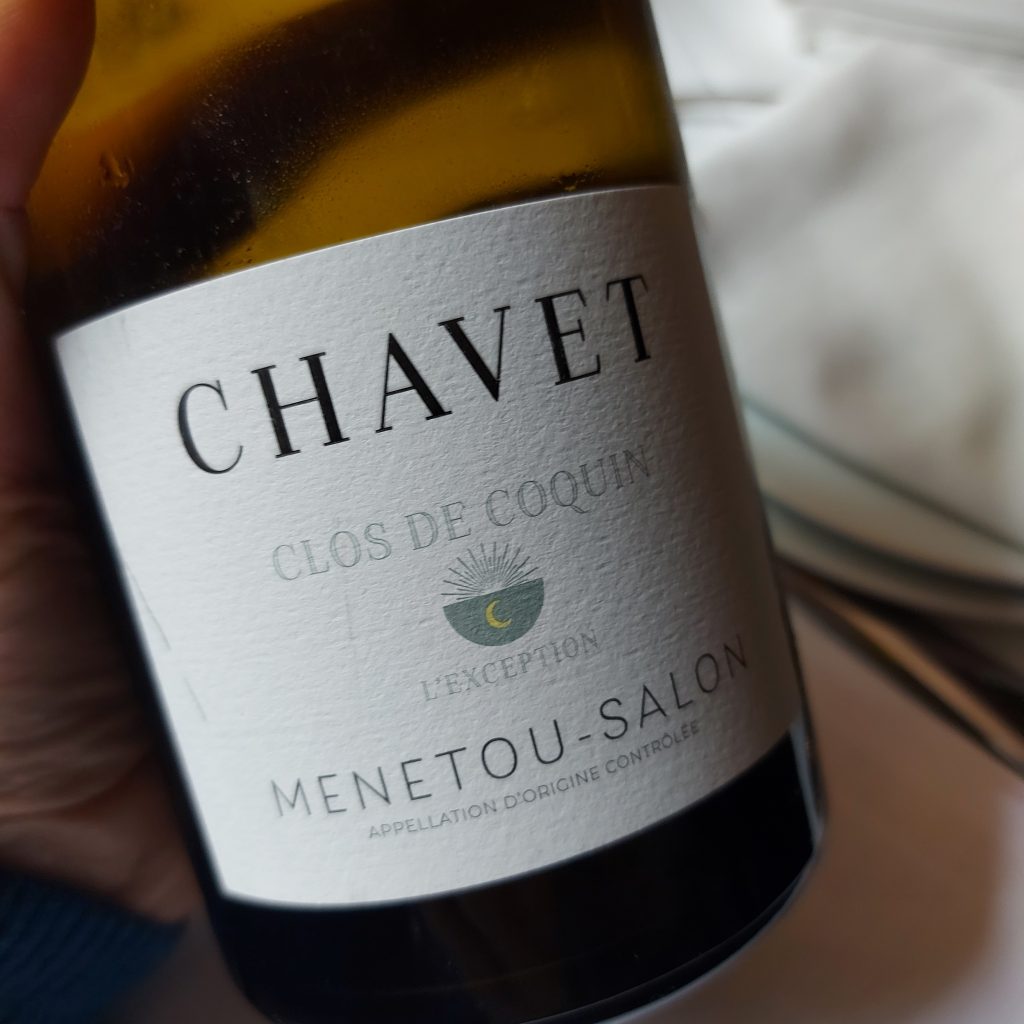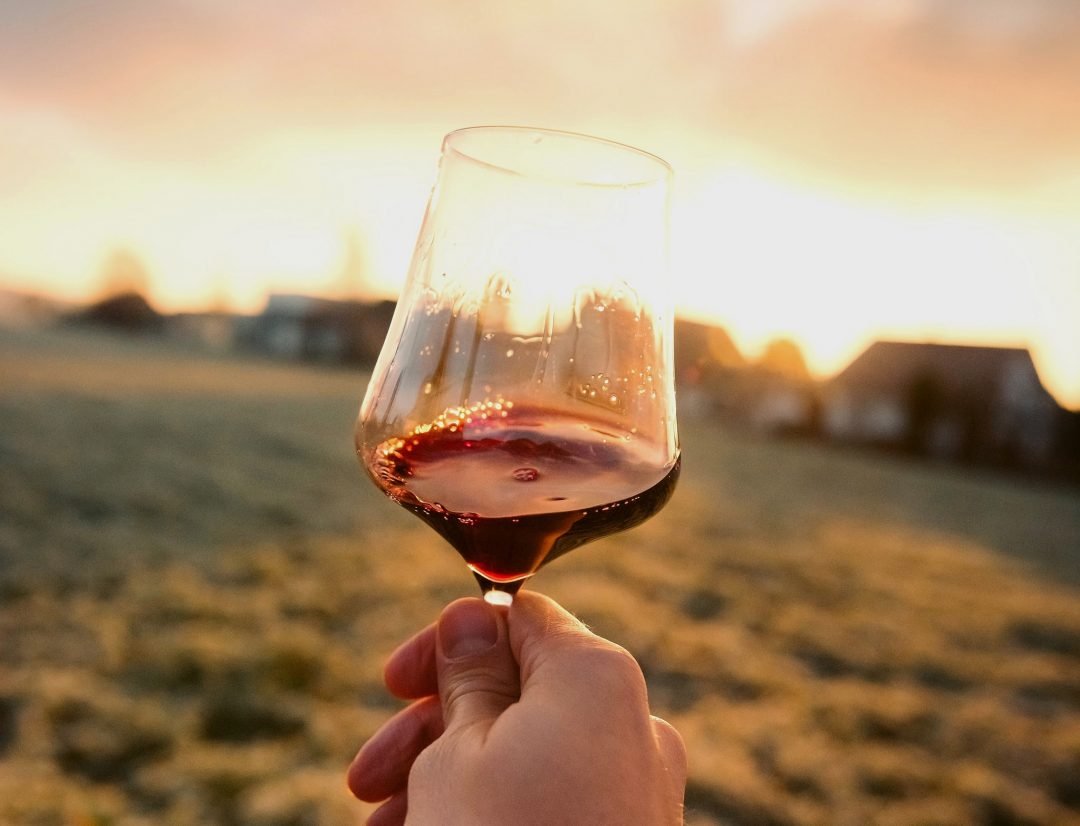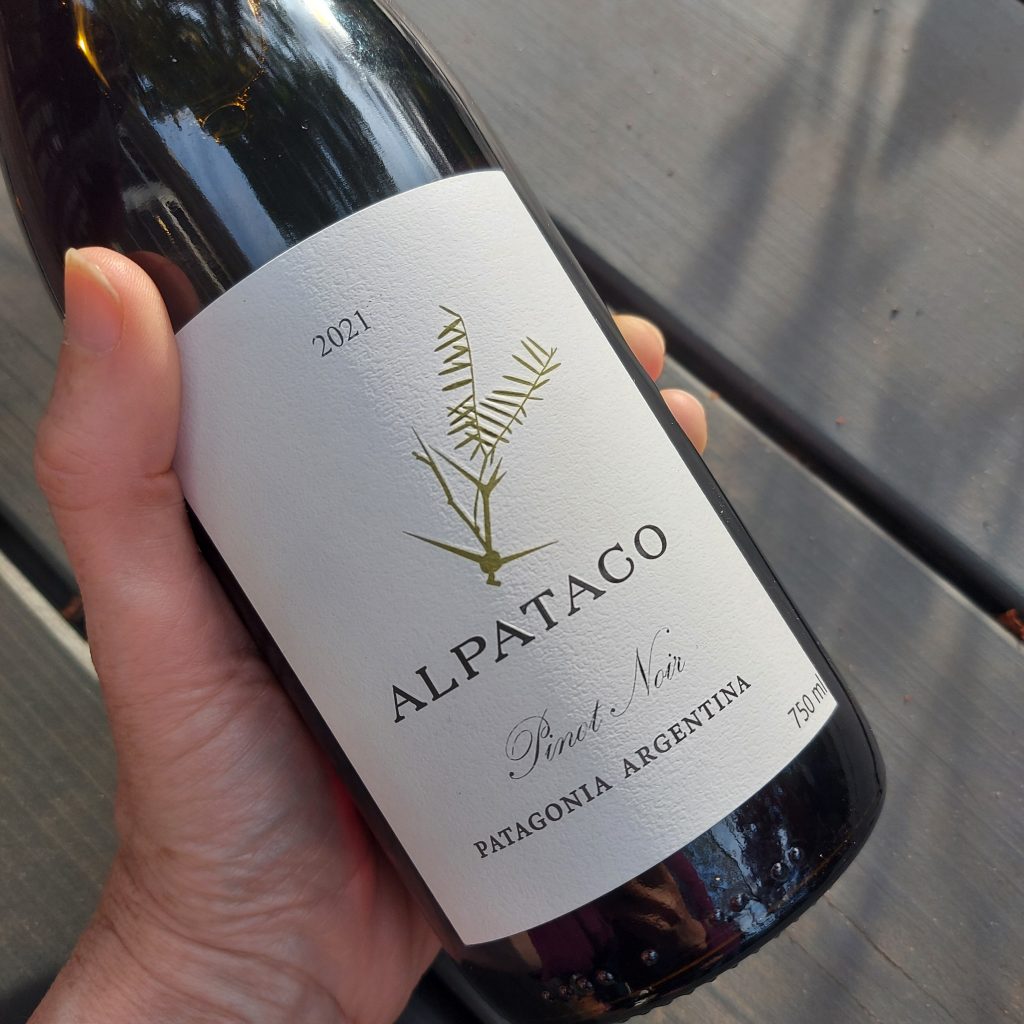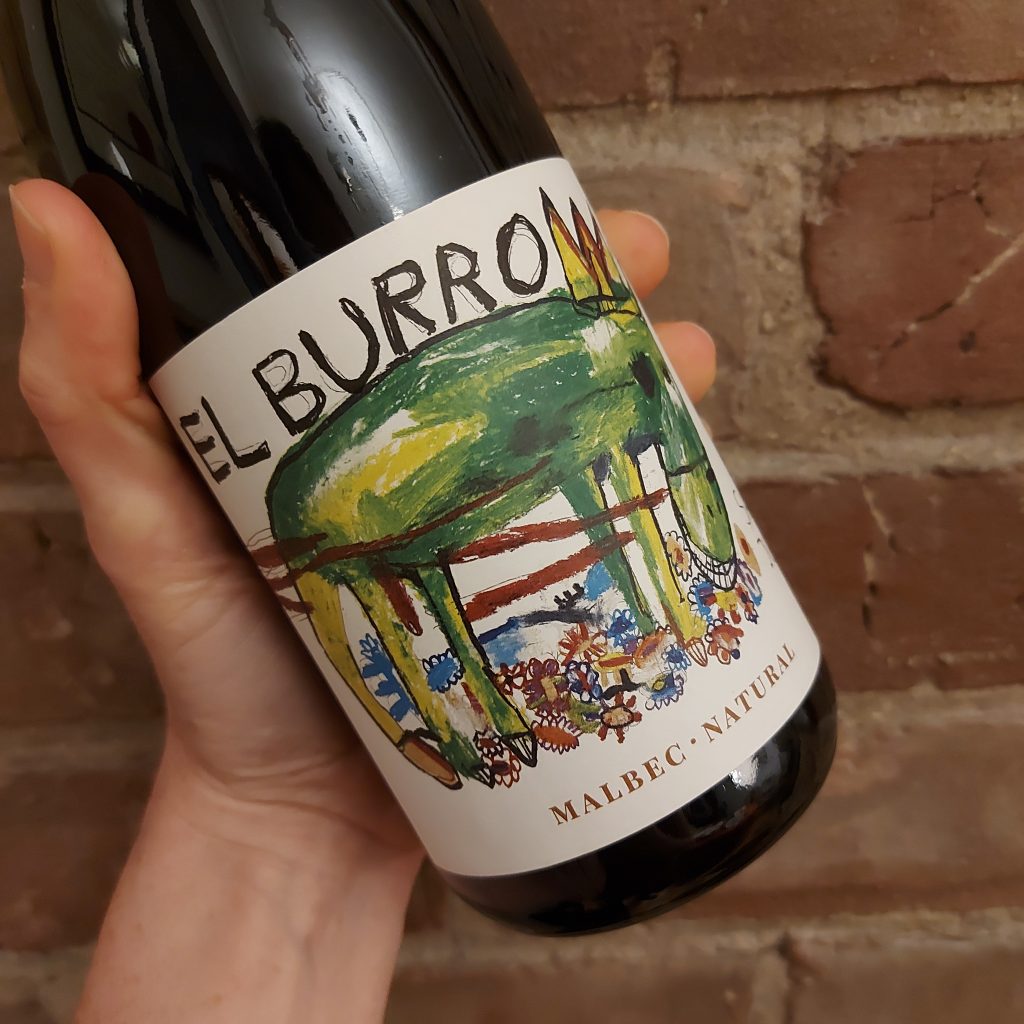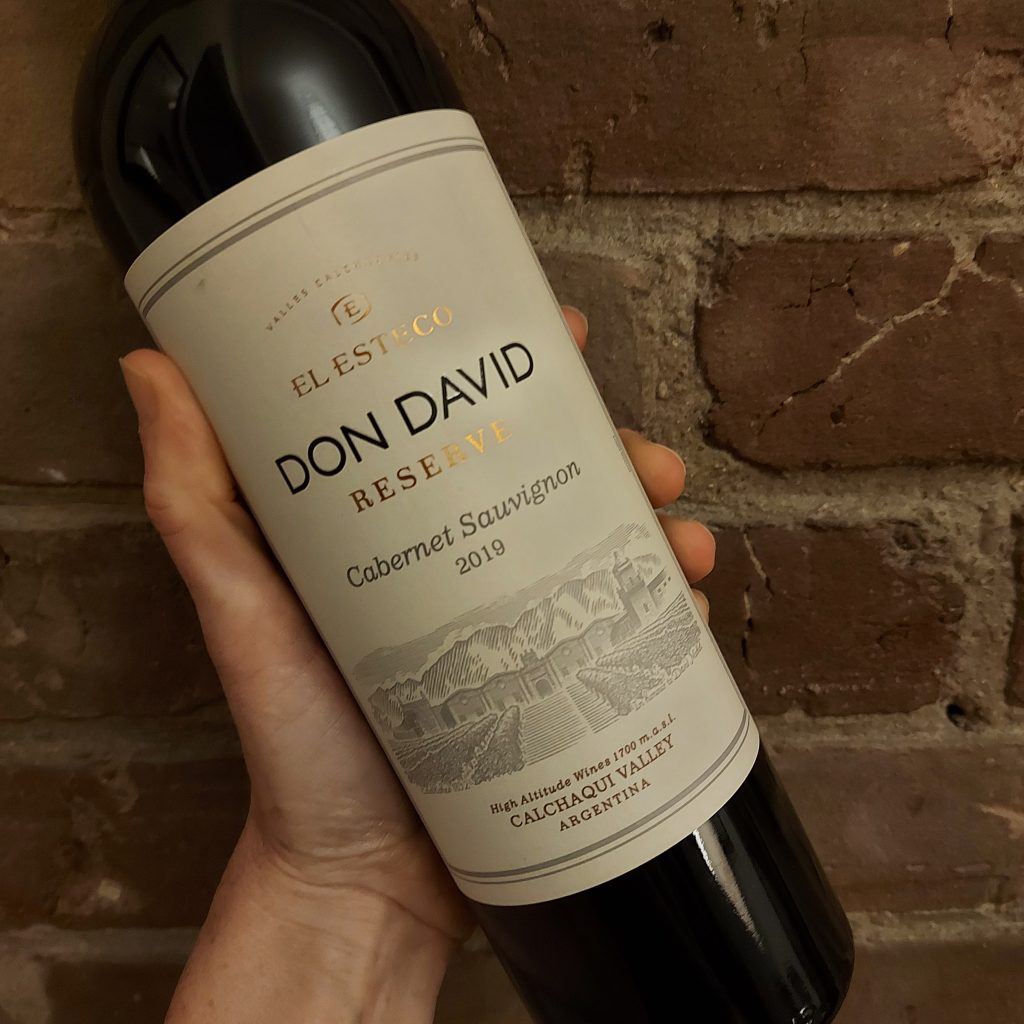Le Ragnaie Brunello di Montalcino! The past two decades have seen a happy return to a “less is more” philosophy in so many of the world’s fine wine regions. The full throttle wines of the 1990s and early 2000s, with their extended hangtimes, long extraction, and lavish use of new oak, are slowly disappearing. This is certainly the case in Brunello di Montalcino.
Top producers today have found their stride, achieving ripe tannin structures while maintaining balanced freshness and alcohol. The wines of Riccardo and Jennifer Campinoti at Le Ragnaie are a prime example. The 23-hectare estate has some of the highest altitude vineyards in Montalcino.
In 2017, Le Ragnaie began vinifying its various terroirs individually. They were among the first Brunello producers to offer a wide range of single vineyard bottlings. Among the estate’s top terroirs are its southwest facing old vine vineyards in the central zone of Montalcino, its parcel on Montosoli, and its plots in the Castelnuovo dell’Abate sector.
The winery name and that of one of its lieux-dits, Le Ragnaie, refers to an old hunting device; a wide net used to catch birds. The word ragno means spider in Italian, hence the idea of catching prey in a net. The estate is organic and focused on the biodiversity of its habitats. Oak forests, olive groves, and a small lake surround its winery vineyards.
The winemaking style at Le Ragnaie is very restrained. After destemming and rigorous sorting, the grapes are fermented in concrete vats with natural yeasts. Riccardo Campinoti refers to this process as a “long, slow infusion on skins”. After a month or so, the wines are transferred to 25 hectolitre Slavonian oak vats and French oak barriques from the Allier.
The Rosso di Montalcino matures for nine months, while the Brunello di Montalcino tier wines age for anywhere from 36 to 48 months. Campinoti doesn’t produce any Riserva bottlings. Though several of his cuvées qualify, he prefers the flexibility of varying ageing durations from one vintage to the next, depending on the growing conditions of each site.
Sitting down to a meal and tasting of recent vintages with Riccardo Campinoti was a one of the highlights of my spring calendar. See my tasting notes below.
Le Ragnaie Troncone 2021, IGT Toscana – 90pts. VW
The Troncone cuvée is a declassified red from the Montalcino area, sourced from a site above the appellation’s previous 600 metre altitude limit. Like all of Le Ragnaie’s wines, Troncone is fermented with natural yeast. Ageing lasts less than a year, in large, neutral Slavonian casks.
Excellent value for the price, with its vibrant red currant, strawberry, and floral accents. The palate is fresh and medium in body, with a pleasantly chalky texture, and hints of bitter almond that refresh the finish. Very easy-drinking.
Where to Buy: $20.25 (SAQ code: 13432515)
Le Ragnaie Rosso di Montalcino 2019 – 89pts. PW
The 2019 Rosso di Montalcino is youthful and fragrant, with notes of red cherry, rose, and balsamic hints on the nose. The palate is lively, medium-bodied, and firm with refreshing minty nuances on the finish. Needs time to unwind or a short spell in a decanter to open up further.
Where to Buy: $47.95 (private import, Bambara Selection)
Le Ragnaie Brunello di Montalcino 2017 – 93pts. LW
The Le Ragnaie Brunello di Montalcino is a blend of all the properties vineyard. Each plot is vinified separately and then blended at the end of three years’ ageing in botti and barrel. In the hot 2017 vintage, the cooler north-facing plots were primarily allocated to this wine to ensure sufficient freshness. Grapes from warmer areas were blended into the Rosso.
Attractive notes of dried orange peel, tart red fruit, and hints of tar play across the nose. The palate is firm and weighty, with a slightly warming finish despite fresh acidity throughout. Finishes with fine grained tannins and lingering savoury, earthy nuances.
Where to Buy: $90.00 (SAQ code: 15051556)
Le Ragnaie Brunello di Montalcino Vigna Vecchia 2017 – 96pts. LW
The old vine cuvée is sourced from Le Ragnaie’s oldest vineyards, planted in 1968. The plot is located in front of the cellar at the lofty heights of 600 metres altitude. Prior to 2016, this was the upper limit for the Brunello di Montalcino appellation – on the brink of being too cool for quality wine. Now, producers are increasingly planting at higher altitudes.
Initially discreet, the 2017 is hugely complex upon aeration with notes of truffle, ripe blue fruit, almond essence, talc, and Provençal herbs. The palate has a very defined, sinewy quality about it. This is a bold, fresh, elegant red wine to sip slowly savouring each glass.
Where to Buy: $139.50 (sadly sold out)
Le Ragnaie Brunello di Montalcino 2018 – 92pt. LW
The 2018 growing season was a challenge for many estates, with spells of cool, rainy weather. Bookended by hot, powerful years, the best wines of the 2018 vintage are prized for their very pretty, lifted aromatics and overall elegance. This is an earlier drinking vintage overall.
Vivid notes of cassis, red plum, wild herbs, and almond essence feature on the nose. The palate is brisk and full-bodied, with good depth of flavour, and fine, powdery tannins. Vibrant red and blue fruit mingles with refreshing herbal notes on the finish.
Where to Buy: $97.00 (100 cs/6 coming soon to LA SAQ)
Le Ragnaie Brunello di Montalcino Vigna Vecchia 2018 – 94pts. LW
The Vigna Vecchia 2018 has a lovely, perfumed nose of ripe red cherry, strawberry, and plum with underlying layers of violets and hints of marzipan. Tangy red fruit flavours give a really lively character to the palate. Initially satiny in texture, with a highly glossy, polished feel; tapers to ripe yet dense, muscular tannins. Needs two to three years to soften and unfurl.
Where to Buy: $150.50 (40cs/6 coming soon to La SAQ)
Le Ragnaie Brunello di Montalcino “Casanovina Montosoli” 2018 – 96pts. LW
Montosoli is a hill in the northern part of the Brunello di Montalcino appellation. It is considered one of the region’s best “cru” growing areas. The vineyard is located at 300 metre altitude on mainly galestro soils (aka a rocky soil composed of silt and clay-marl with layers of limestone; excellent drainage).
This is a hugely expressive and complex red, brimming with ripe and dried red fruit. Upon aeration, layer upon layer of sour cherry, floral nuances, blood orange, eucalyptus, and barnyard hints emerge. The palate is powerful and very fresh, with hugely concentrated mid-palate, and firm tannins that frame the long finish nicely. Lots of staying power. Age for 10 years +.
Where to Buy: $180 (private imports, Bambara Sélection)
Le Ragnaie Brunello di Montalcino “Petroso” 2016 – 97pts. LW
This northwest facing one-hectare plot sits at 380 metres altitude, on shallow, rocky soils. These elements give a lot of lift and mineral tension to the Petroso wines. The vineyard is situated near the town of Montalcino and is one of the area’s oldest vineyard sites.
From the incredible 2016 vintage, the Le Ragnaie Petroso does not disappoint. The nose is incredibly complex, with heady aromas of rose, peony, dried orange peel, cherry, talc, and underlying savoury notes. The palate is weighty yet beautifully balanced, with a lifted freshness, and fine-grained tannins. Long, multi-layered finish. Drinking well now, but with the power to age another 10 years or more.
Where to Buy: Sold out
This Le Ragnaie Brunello di Montalcino piece is re-printed (with permission) from my article written for Good Food Revolution. If you want to learn more about artisanal food, wine, beer and spirits, check out their excellent website.


